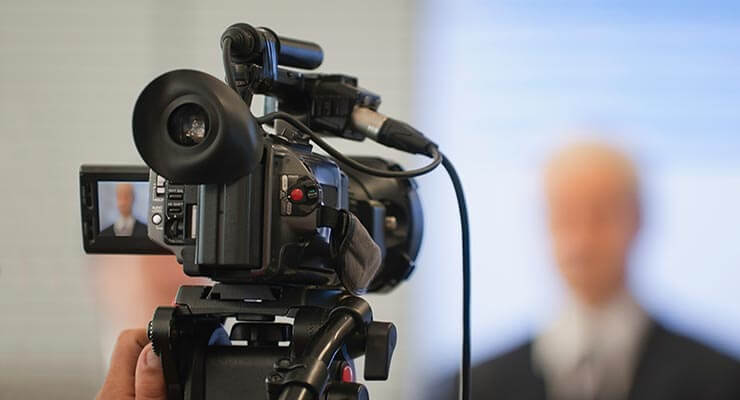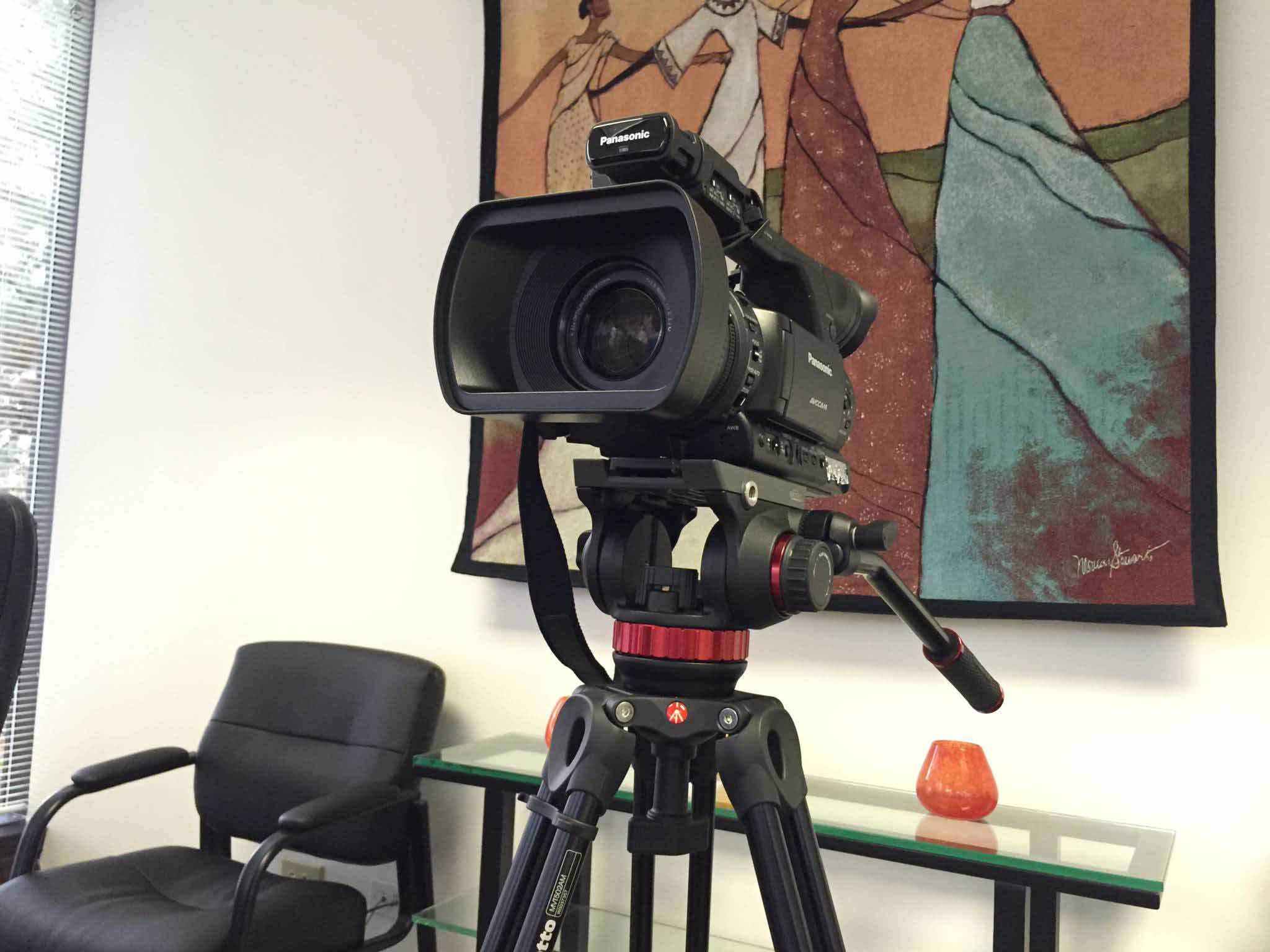Why Lawful Videography Is Important for Accurate Legal Record-Keeping
In the realm of legal proceedings, the accuracy of record-keeping is critical, and legal videography emerges as a vital device in this context. As we discover the complex benefits of legal videography, one must consider its implications for the future of judicial integrity and openness.
Relevance of Visual Proof
Establishing the significance of visual proof in lawful procedures is critical for making certain precise record-keeping and boosting the total stability of the judicial process. Aesthetic proof acts as an important tool in documenting occasions, problems, and other pertinent information that may be vital to a case. Unlike created accounts, which are prone to interpretation and prejudice, aesthetic recordings offer an objective, unalterable depiction of truths as they occurred.


This form of proof can capture a range of elements, consisting of witness actions, environmental context, and physical proof, every one of which might affect judicial results. By offering a clear and comprehensive aesthetic narrative, legal videography eliminates uncertainty and aids to maintain the authenticity of the evidence.
Furthermore, aesthetic proof can be important in lowering disputes over accurate disparities, as it permits a straight comparison against statement and various other recorded documents. In an era where digital modern technology is increasingly prevalent, the capability to existing aesthetic proof effectively can substantially boost the total quality of legal procedures. Eventually, the unification of aesthetic proof not just bolsters the documentation process however additionally reinforces public count on the judicial system by promoting openness and liability.
Enhancing Testimony Integrity
The assimilation of lawful videography into courtroom proceedings dramatically boosts the integrity of witness statement. By catching the nuances of spoken and non-verbal interaction, video recordings provide an even more detailed representation of a witness's behavior, feelings, and integrity. This visual documentation permits jurors to observe the witness's body movement, facial expressions, and overall comportment, which are critical parts that can influence their perception of testament trustworthiness.
Additionally, lawful videography minimizes the potential for misinterpretation or distortion of statement that may take place in composed records. Customers can see and listen to the testament as it existed, ensuring that the context and tone are preserved. This credibility promotes a greater feeling of trust among jurors, that might be a lot more likely to think statement that they can witness firsthand.
Additionally, the presence of video footage can prevent witnesses from providing misleading or overstated declarations, as they are conscious that their statement is being taped. This responsibility strengthens the honesty of the judicial process. Eventually, lawful videography acts as an essential tool in making sure that witness testament is not only precisely shown but likewise checked out with heightened trustworthiness by all events involved.
Comprehensive Record Preservation
Comprehensive document conservation is essential for maintaining the stability of lawful process. Lawful videography serves as an important device in this procedure, providing an accurate aesthetic and acoustic account of testimonies, depositions, and other zero hours in an instance. Unlike typical written records, video clip recordings capture the nuances of body language, tone, and emotion, which are important for comprehending the context and intent behind statements made throughout lawful procedures.

Moreover, the capability to assess video evidence permits lawful professionals to recognize essential details that may have been ignored in written documents. By preserving a comprehensive archive of lawful proceedings via videography, law office can maintain the highest criteria of accuracy and read accountability, eventually contributing read the article to a fairer judicial procedure.
Improving Legal Process
Enhancing lawful procedures is essential for improving efficiency and reducing delays within the judicial system. Lawful videography serves as a crucial tool in attaining this goal by giving clear and exact visual paperwork of court hearings, depositions, and testaments. This innovation permits real-time recording, guaranteeing that all spoken and non-verbal cues are caught, which can promote quicker resolution of disputes.
The combination of videography right into lawful procedures minimizes reliance on typical methods, such as lengthy transcripts, which can be taxing to generate and review. By having access to taped video, attorneys can swiftly reference essential moments, boosting their capacity to prepare and existing cases efficiently. This immediacy likewise helps in the making clear of testaments, lowering the potential for misconception.
Additionally, aesthetic documents cultivates an extra interesting court room experience for jurors, aiding them to grasp complex information more readily. Ultimately, lawful videography streamlines communication among all parties involved, from lawyers to courts to jurors, therefore advertising an extra reliable judicial procedure (legal videography). In an era where time is essential, welcoming this modern technology is essential for the modern-day lawful landscape
Admissibility in Court
Precise documentation is essential not only for efficiency however also for making sure that evidence is acceptable in court. Legal videography offers as a crucial device in this process, supplying a reputable aesthetic record of testaments, statements, and occasions.
To be deemed permissible, lawful videography has to follow well-known protocols, such as appropriate tools usage, proper lighting, and clear audio capture. In addition, it is important to have actually certified videographers who recognize the legal demands bordering proof collection. The chain of redirected here custodianship must likewise be preserved to avoid any cases of meddling or alteration.
Additionally, lawful videography can boost the persuasiveness of evidence by offering jurors with a direct sight of the testament, enabling a more engaged understanding of the situation. In recap, the assimilation of lawful videography right into record-keeping not just sustains performance but also bolsters the integrity and admissibility of proof in court process.
Conclusion
To conclude, lawful videography plays an essential function in making certain accurate legal record-keeping by giving unbiased visual documentation. This approach improves the trustworthiness of testimonies, preserves thorough documents, and simplifies legal procedures. Additionally, the admissibility of high-quality video proof in court further emphasizes its relevance - legal videography. Ultimately, the incorporation of lawful videography right into the judicial process advertises transparency and bolsters public rely on the honesty of the lawful system.